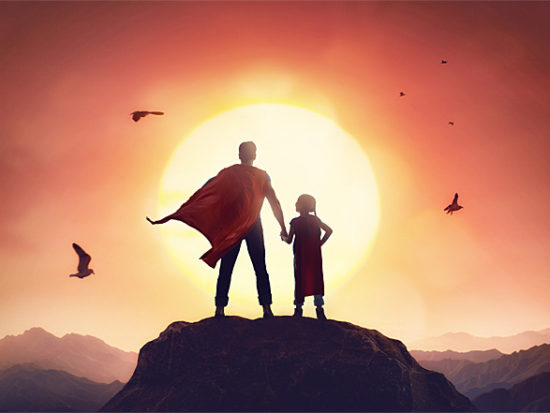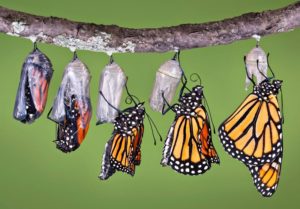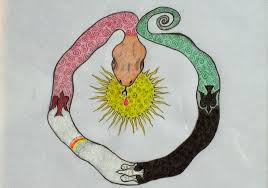An Active Imagination is for Writers
 Today we find mythical themes and superheroes continue to be very popular in many stories. This is proof of their enduring allure. Robert Sardello, a popular depth psychology writer calls myth ‘the god of fiction’. Why is that? Mythic stories dramatize eternal truths of universal human experiences. In that sense they are timeless, helping us to better understand ourselves and make sense of our world. If written today, the stories that we call myths would come under the genre of speculative fiction or fantasy. The difference is that myths were composed for an audience that believed in gods, heroes and magic was taken literally.
Today we find mythical themes and superheroes continue to be very popular in many stories. This is proof of their enduring allure. Robert Sardello, a popular depth psychology writer calls myth ‘the god of fiction’. Why is that? Mythic stories dramatize eternal truths of universal human experiences. In that sense they are timeless, helping us to better understand ourselves and make sense of our world. If written today, the stories that we call myths would come under the genre of speculative fiction or fantasy. The difference is that myths were composed for an audience that believed in gods, heroes and magic was taken literally.
Speculative or true, I believe the point of storytelling is to tell the story in a way that will move, connect with and touch the reader/audience in an emotional way. This is particularly the case with myth
Mythic Awareness
Sardello also suggested that when you read mythology you cultivate what he called mythic awareness. This means you notice how the story being enacted affects you emotionally. With that felt sense you try to enter into an imagination. You delve into active fantasy, of the mythic feeling that is being expressed and do a reflection on the experience. That could also be an excellent explanation of how to use active imagination for a creative purpose. It was upon this subject that I wrote my dissertation. He went on to say “mythology is the fiction that puts us outside of us, in the forms of image and metaphor”.
The emotional experience that is evoked by the story helps to open up a conversation between the conscious and the unconscious. It brings the two into dialogue so that we can gain access to material we are being called to write. What I found is that when we combine mythical themes with personal experiences. We can put it in conjunction with active imagination and add dialogue with craft. This can inspire us, not only to assist us, as we write our stories. This combination can facilitate greater self-understanding in terms of what we are called to write.
What is Active Imagination Anyway?
Carl Jung turned to a process he that eventually called active imagination . He searched for his personal myth, his personal truth. He sought a story that helps you make sense of the network of cause and effect and what led to the negative emotion that could then lead to healing. For Freud, it was the Oedipus myth. Jung began this exploration in attempt to understand what caused his inner crisis following his break with Freud, which was very traumatic for him. Jung refered to it as a dialogue and confrontation with the unconscious and the personified images of emotion, for the purpose of dealing with difficult personal issues
In his book Memories Dreams and Reflections, he dramatically describes the self-experiment that he began on December 12, 1913. “I resolved upon the decisive step. I was sitting at my desk once more, thinking over my fears. Then I let myself drop. Suddenly it was as though the ground literally gave way beneath my feet, and I plunged down into dark depths”.
Connecting the Elements
Thinking over and reflecting on his fears was the gateway into the experience, and what came up was a past memory that was very poignant and telling for him. This emphasizes the critical role and connection between a certain kind of concentration, focus, emotion and memories all of which can be and are present when we write. The goal was as Jung said to “find the images which lie behind emotions…, deliberately evoking a fantasy in a waking state and then entering into it as a drama”.
The image or vision Jung described following his so-called descent was very dramatic. “Before me was the entrance to a dark cave, in which stood a dwarf with a leathery skin, as if he were mummified”. I don’t’ know about you, but that sounds to me like it could be have been the beginning of a great fantasy story. In fact, Robert Johnson a prominent Jungian scholar said that the images that emerge from an active imagination can often resemble a story.
The Process
That process, that he came to call active imagination evolved over the years and was used as an adjunct to therapy. It provides a way to work with emotional issues as they emerged. When I studied it for my dissertation, it was to explore and extend its use for creative a purpose. This was something Jung did not sanction. He considered active imagination to be “a dangerous method” for those who might be experiencing a psychotic split.
If one is of sound mind, it seemed to me to be a natural fit. To take, as many writers say they experience, the tension, emotions and issues that emerge from within the writer as well as the characters in the story. As they are writing, they can use them as an entry point into active imaginations. One can view this as somewhat similar to what we call method acting’ as developed by Stanislavsky.
The goal of both storytelling and active imagination is to diffuse tensions that emerge from emotional experiences in order to bring about a new understanding.
Robert Johnson also said, The essence of active imagination is your conscious participation in the imaginative experience… You consciously take part in the drama in your imagination… You engage the other actors in conversation, exchange viewpoints, go through similar adventures together and eventually learn something from each other.
Imagine
 Emotion was at the heart of both Jung’s theory of complexes and active imagination. When used in conjunction with storytelling, I believe this holds the potential for creative expression. It furthers self-understanding as it alternates and values the roles of both. This is also in service to what archetypal psychologist, James Hillman suggested – “What the soul wants is fictions that heal”. This is where one’s experiences can be ‘story-doctored’ with not actual facts but as a psychological a fantasy. Therein lies the method by which many of us write. It is what Jung called psychological art. This, I would say, is at the heart of what we do as writers and what we explore in The Creative Writer’s Way workshops.
Emotion was at the heart of both Jung’s theory of complexes and active imagination. When used in conjunction with storytelling, I believe this holds the potential for creative expression. It furthers self-understanding as it alternates and values the roles of both. This is also in service to what archetypal psychologist, James Hillman suggested – “What the soul wants is fictions that heal”. This is where one’s experiences can be ‘story-doctored’ with not actual facts but as a psychological a fantasy. Therein lies the method by which many of us write. It is what Jung called psychological art. This, I would say, is at the heart of what we do as writers and what we explore in The Creative Writer’s Way workshops.


 Where Did Some Well Know Writers Get Their Ideas?
Where Did Some Well Know Writers Get Their Ideas?